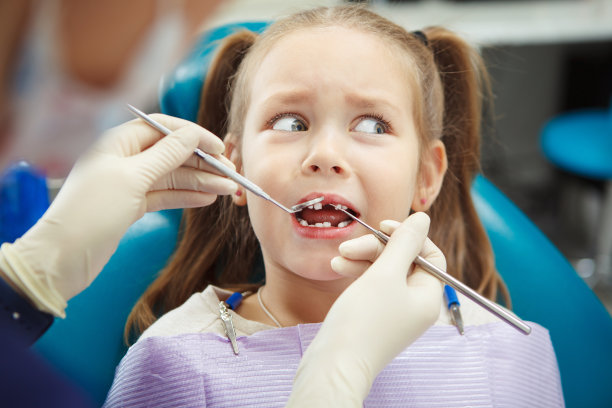Essential Guidelines and Precautions to Ensure Success After Your Dental Filling Procedure
Summary: After undergoing a dental filling procedure, proper care is essential to ensure the success and longevity of the treatment. This article outlines four key guidelines and precautions: managing discomfort and pain, adhering to aftercare instructions, maintaining oral hygiene, and scheduling follow-up visits. By understanding these essential practices, patients can significantly reduce the risk of complications, promote healing, and ultimately enjoy a healthier mouth. Following these guidelines empowers individuals to take an active role in their dental care, leading to better outcomes and higher satisfaction with their dental fillings.
1. Managing Discomfort and Pain Effectively

After a dental filling procedure, its common to experience some level of discomfort or pain. This post-operative sensation may vary depending on the extent of the work done, but its important to manage it effectively. Over-the-counter pain relievers such as ibuprofen or acetaminophen can be useful in alleviating mild to moderate pain. Always follow the dosage instructions on the package or those given by your dentist.
In addition to medication, applying a cold compress to the outside of your cheek in the filled area can help reduce swelling and numb the pain. Make sure to limit this application to 15-20 minute intervals to avoid skin irritation. Understanding how to manage pain can make a significant difference in your recovery process, allowing you to return to your daily life more comfortably.
If the discomfort persists beyond a few days or worsens, it’s crucial to consult your dentist for further evaluation. Continuous pain may indicate complications such as infection or an improperly fitted filling, which would require prompt attention.
2. Adhering to Aftercare Instructions
After your dental filling, it’s essential to adhere to any aftercare instructions provided by your dentist. These may include dietary restrictions, such as avoiding hard or sticky foods for a certain period. Eating these types of foods can not only dislodge the filling but also lead to discomfort.
They may also advise you on avoiding hard brushing techniques or certain dental products for a brief period. Gentle brushing will not only allow the area to heal but will also prevent any irritation that could affect the filling. Its important to follow these directions closely to ensure optimal healing and functionality of your dental filling.
Neglecting aftercare can lead to issues, including sensitivity or prolonged discomfort, which may complicate the overall recovery, leading you back to the dentist for additional treatment. Protecting your dental work begins with respecting the guidance provided at the end of your appointment.
3. Maintaining Oral Hygiene Practices
Good oral hygiene is vital in ensuring your dental filling lasts and remains healthy. It is crucial to continue regular brushing and flossing habits around the filled tooth. However, after a filling, you may feel some sensitivity; thus, using a soft-bristled toothbrush can be beneficial during the healing phase.
In addition to regular brushing, consider fluoride toothpaste, as it can help strengthen the enamel around the filling. Be extra gentle around the affected area during this phase, but don’t skip it entirely. Maintaining an effective oral hygiene routine is key to preventing decay in teeth adjacent to the filling.
Regular dental check-ups also play a critical role in maintaining oral hygiene. Schedule visits with your dentist to monitor the condition of your fillings and ensure that all aspects of your oral health are in check. A consistent routine will not only benefit your filled tooth but also enhance your overall dental health.
4. Scheduling Follow-Up Visits
Following up after a dental filling is often an essential part of your recovery process. Many dentists recommend a follow-up appointment within a few weeks to evaluate how well the filling integrates with your tooth and to ensure that no issues have arisen post-procedure.
During these visits, your dentist can assess any discomfort you may be experiencing and address your concerns. If the filling does not feel right or if you have uncertainties about how it settles, bring those questions to your follow-up appointment. Early intervention can prevent more significant issues down the line.
Ultimately, being proactive about your dental health by scheduling and attending these follow-ups not only helps maintain the integrity of your filling but also promotes your overall dental wellness, greatly impacting your long-term results.
Summary:
To ensure a successful recovery after your dental filling, managing pain, adhering to aftercare instructions, maintaining proper hygiene, and attending follow-up visits are essential. These steps contribute to a smooth healing process and promote the longevity of your dental work. Taking these guidelines to heart not only augments your recovery but enhances your overall dental health.
This article is compiled by Vickong Dental and the content is for reference only.


